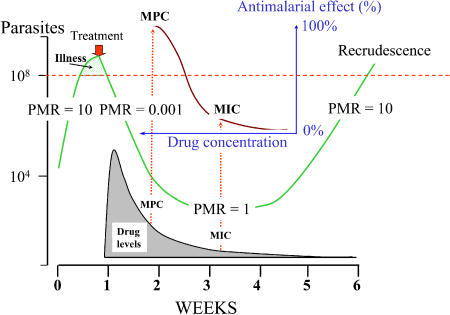Figure 1. In Vivo Antimalarial Pharmacodynamics.
The parasite burden in an adult (vertical axis) is shown in green. After parasite burden expands to the point where it causes illness, treatment is given (red arrow), which causes a log-linear decline in parasite numbers until concentrations of the antimalarial drug (grey shading) fall below the MPC. As the antimalarial blood levels fall further, the decline in parasite burden slows until it reaches a multiplication rate of one (the antimalarial concentration at this point is the in vivo MIC). The parasite population then expands to cause a recrudescence six weeks later. The sigmoid concentration–effect relationship is shown in brown; it is depicted in the reverse direction to that normally drawn. PMR, parasite multiplication rate.

